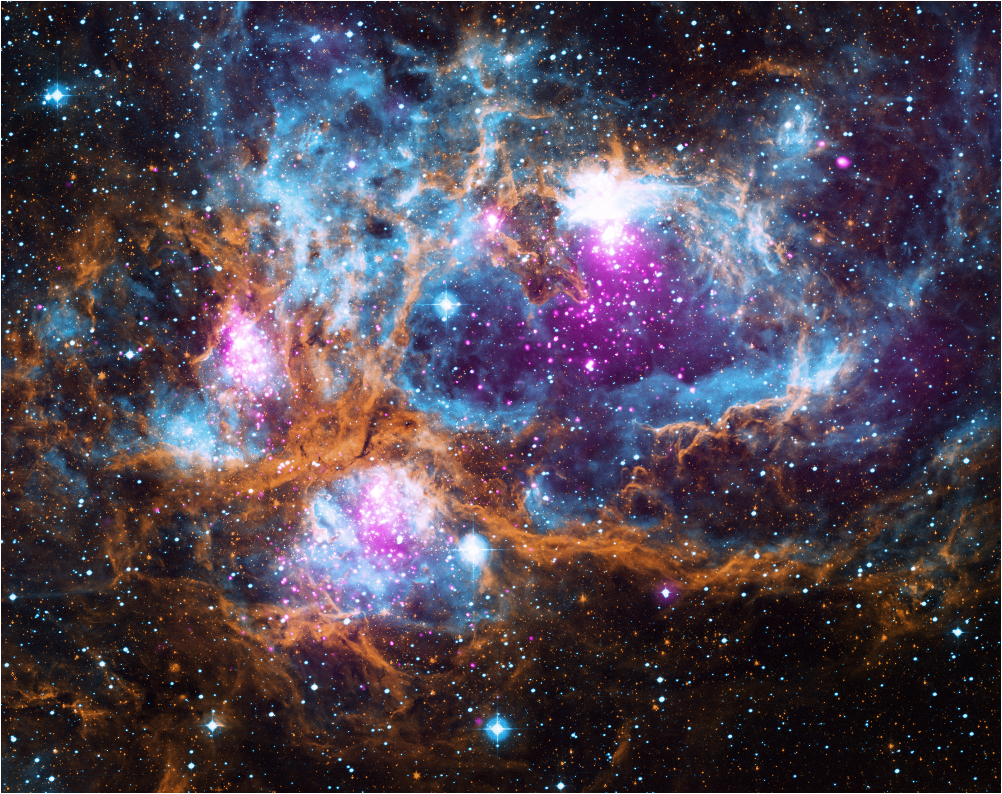Photonics, the science and technology of generating, manipulating, and detecting photons, has established itself as a cornerstone of contemporary research and technological innovation. At the intersection of photonics and astrophysics lies a vast expanse forged from curiosity, ambition, and the relentless pursuit of knowledge about the universe. This relationship is multifaceted and promises to precipitate discoveries that could fundamentally reshape our understanding of cosmic phenomena. This article explores the profound connections between photonics and astrophysics, highlighting the innovative applications and implications that arise at this intersection.
Astrophysics, the study of the physical properties and phenomena of celestial objects and the universe as a whole, relies heavily on electromagnetic radiation—primarily light—to glean insights into the cosmos. This dependence creates a natural synergy with photonics, which endeavors to harness and employ photons in novel ways. The efficacy of astrophysical research is inextricably linked to advances in photonic technologies, which continue to evolve and revolutionize our observational capabilities.
One of the most compelling applications of photonics in astrophysics is observed through the power of telescopes equipped with photonic sensors. Conventional optical telescopes have long been indispensable in astronomy, offering humanity glimpses into the furthest reaches of space. However, the advent of photonic technologies—such as wavelength-tunable lasers and sophisticated fiber optic systems—has enabled the development of next-generation observational instruments. These novel instruments, often called photonic telescopes, utilize modes of light manipulation previously deemed unattainable, thereby significantly enhancing the resolution and sensitivity of celestial observations.
The instrumentality of spectrometry in astrophysics accentuates another avenue by which photonics has transformed our understanding of the universe. Spectrometers harness the power of photonics to analyze light from astronomical objects, breaking it down into its constituent wavelengths. This technique affords astrophysicists the ability to glean essential information regarding the chemical composition, temperature, motion, and other properties of celestial bodies. The precision of photonic technologies facilitates deep-space analysis unfathomable through traditional methodologies.
Moreover, photonic technologies are pivotal in the analysis and monitoring of exoplanets—planets orbiting stars outside our solar system. Techniques such as transit photometry leverage high-precision light measurements to detect fleeting dimming of star light caused by orbiting planets. This methodology relies on the manipulation of light with unparalleled accuracy and precision, underscoring the indispensable role of photonics in modern astrophysical research. Future endeavors to uncover the conditions requisite for extraterrestrial life hinge upon advanced photonic systems, which can ascertain the atmospheric components and surface conditions of distant worlds.
Molecular astrophysics, the examination of chemical reactions and structures within interstellar space, has similarly benefited from the innovations of photonics. The deployment of lasers in deep-space missions allows for the spectroscopy of potentially habitable environments. The manipulation of light validates assumptions about molecular formation and behavior in extreme environments. Understanding the chemical intricacies of our universe often requires precise photonic devices to make determinations about the origins of life and the fundamental nature of matter.
Beyond instrumentation, photonics also enriches the realm of data transmission within astrophysical research. The vast amounts of information generated by telescopes and simulations necessitate robust data processing and communication systems. Photonic technologies, particularly in the realm of optical fiber communications, provide a means for high-speed data transfer. These systems facilitate the real-time transmission of astronomical data across vast distances, enabling collaborative research efforts on a global scale. The synergy of astrophysics with data science can only thrive through the catalyzing influence of photonic technologies.
The implications of photonics extend further, through initiatives targeting gravitational waves—ripples in spacetime caused by cataclysmic cosmic events. Photonic sensors have been integral to the development of advanced interferometric detectors like LIGO, which relies on laser-based techniques to observe these elusive waves. The intersection of photonics and gravitational wave astronomy promises profound shifts in our understanding of fundamental physics and the dynamics of the universe. By exploring the inherent connection between these two realms, astrophysicists can discern aspects of cosmological phenomena that were previously cloaked in mystery.
As we delve deeper into the leaps at the nexus of photonics and astrophysics, it becomes abundantly clear that the potential is not merely limited to observational improvements. Emerging research focuses on the integration of nanophotonics—manipulating light at the nanoscale—with astrophysics. This frontier holds extraordinary promise, leading to novel forms of light sources and detectors that could fulfill previously insurmountable requirements for space exploration and astronomy. Innovations in this area may reshape our grasp of fundamental astrophysical processes, catalyzing discoveries that remain out of reach with conventional methodologies.
Looking toward the future, the convergence of photonics and astrophysics beckons a paradigm shift in our approach to cosmological understanding. The mechanisms by which light interacts with matter and the universe at large presents fertile ground for exploration and innovation. As photonics continues to advance, so too does the potential for astronomical discoveries that challenge our foundational perceptions of the cosmos. This synergy encapsulates a journey fueled by curiosity, exploration, and the shared human quest for knowledge. Through this lens, we glimpse not merely a discipline but the very essence of our desire to fathom the mysteries of existence itself.












